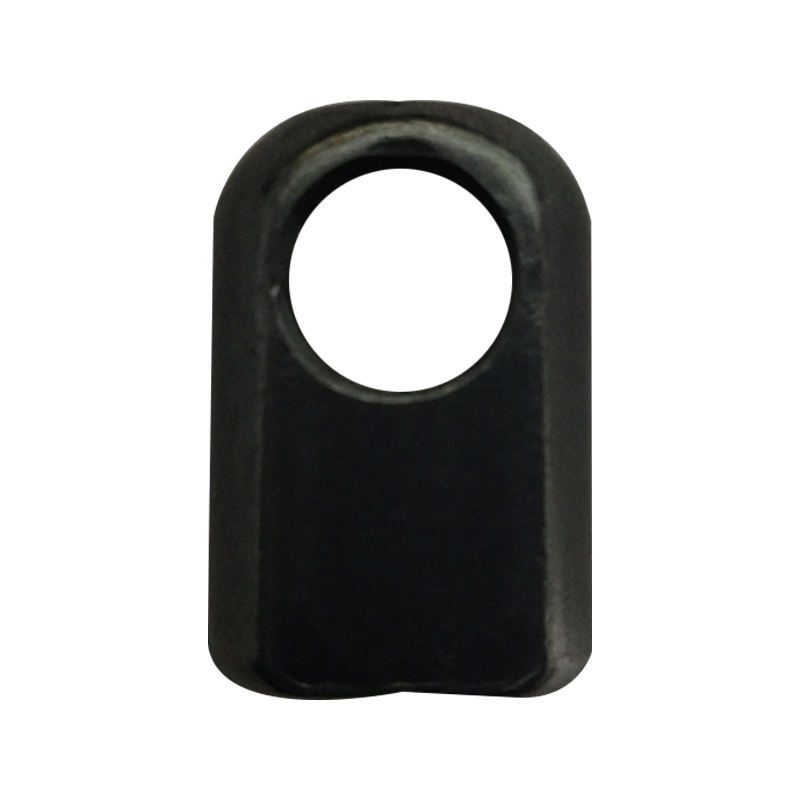Material selection plays a crucial role in determining the performance characteristics of end fittings, including corrosion resistance, temperature resistance, and pressure rating. Here’s how different materials affect these properties:
Corrosion Resistance:Stainless Steel: Offers excellent corrosion resistance, particularly in environments exposed to moisture, chemicals, or saline conditions. Stainless steels like 316 are especially resistant to marine environments and aggressive chemicals.Brass: Provides good corrosion resistance but can be susceptible to dezincification in highly acidic or alkaline environments. It’s often used in plumbing and general-purpose applications.
Aluminum: Has moderate corrosion resistance but can oxidize when exposed to air and moisture, which can affect its longevity. Anodizing or coating can improve its resistance.Plastic (e.g., PVC, PFA): Generally resistant to corrosion from chemicals and moisture. However, plastics may degrade under UV light or in high-temperature environments.
Temperature Resistance:Stainless Steel: Can withstand high temperatures without losing strength or structural integrity. It remains stable and retains its mechanical properties at elevated temperatures, making it suitable for high-temperature applications.Brass: Handles moderate temperatures well but may soften or weaken at higher temperatures. It is suitable for applications with temperature ranges up to around 200°C (392°F).

Aluminum: Has a lower temperature resistance compared to stainless steel and brass. It can be prone to weakening at elevated temperatures but performs well in applications with moderate temperature fluctuations.Plastic: The temperature resistance varies widely depending on the type of plastic. For example, PVC is suitable for temperatures up to about 60°C (140°F), while PFA can handle higher temperatures. Exceeding the material’s temperature limits can lead to deformation or failure.
Pressure Rating:Stainless Steel: Typically has high pressure ratings, suitable for high-pressure applications. It maintains strength and integrity under significant pressure, making it ideal for hydraulic and pneumatic systems.Brass: Also has good pressure ratings, but the specific rating can vary depending on the alloy and design. It is commonly used in moderate pressure applications.
Aluminum: Pressure ratings are generally lower than stainless steel and brass. It is used in applications where the pressure requirements are moderate to low.Plastic: Pressure ratings depend on the type of plastic and its design. For instance, PVC is used in lower pressure applications, while high-performance plastics like PFA can handle higher pressures. Pressure ratings should be matched with the operational requirements to avoid failures.
Stainless Steel: Best for applications requiring high corrosion resistance, high-temperature stability, and high-pressure capabilities.Brass: Suitable for moderate temperature and pressure applications with good corrosion resistance but may need special treatment for certain environments.
Aluminum: Adequate for moderate temperature and pressure requirements, with good corrosion resistance when properly treated.Plastic: Ideal for corrosive environments and specific temperature ranges, with varying pressure ratings depending on the type.
Choosing the right material for end fittings involves balancing these properties based on the specific requirements of the application, such as exposure to corrosive elements, temperature extremes, and pressure conditions.


 English
English русский
русский











